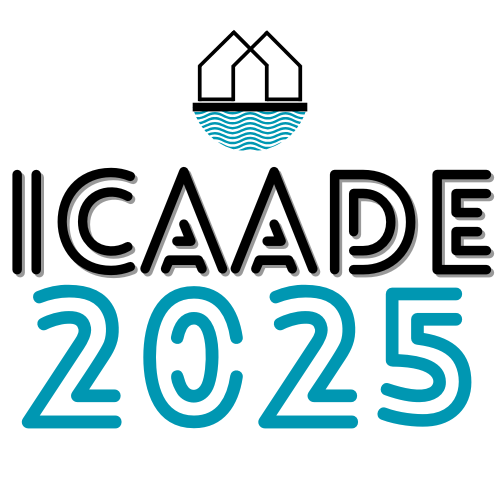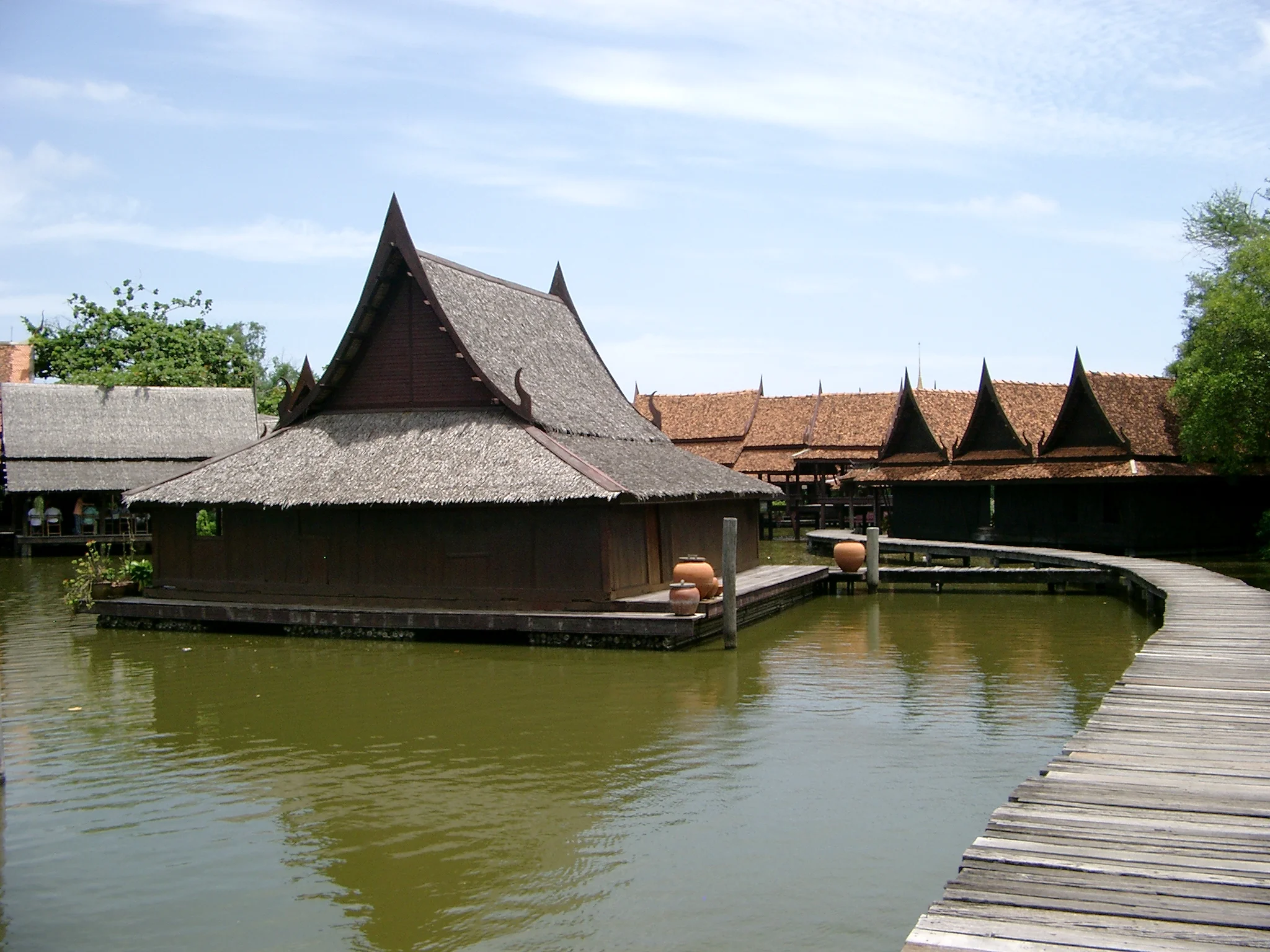NAVIGATE 2017 WEBSITE
RETURN TO ICAADE 2019
2017 HOME
Amphibious Architecture
ABSTRACTS & PAPERS
Submit your Abstract
Oral Presentations
Papers
Posters
Topics
REGISTRATION
Registration Fees
Venues
Accommodations
Transportation
PROGRAM
Program Schedule
Field Trip
Important Dates
SPEAKERS
Keynote Speakers
Plenary Speakers
Speakers
Speakers' Abstracts
STUDENT WORKSHOP
Design Workshop
Workshop Registration Fees
Workshop Accommodation
POLICY SYMPOSIUM
Problem & Proposal
Schedule
SPONSORSHIP
Sponsorship Levels
Sponsors
Partners
COMMITTEES
Executive Committee
Int’l Steering Committee
Local Organizing Committee
Committee Biographies
CONTACT US
Contact Information
Get Involved
Email ICAADE
ARCHIVES
ICAADE 2015 Website
SUBMIT YOUR ABSTRACT
The ICAADE 2017 Organizing Committee invites authors to submit abstracts for presentations on any of the ICAADE 2017 topics, listed below. Submissions are sought for both oral and poster presentations. Abstracts must be submitted through the EasyChair system. Authors will be prompted to create a free EasyChair account if they do not already have one. The submission of multiple abstracts is encouraged. Submitted abstracts should be between 200 and 300 words in length.
ORAL PRESENTATIONS
Authors are invited to submit abstracts for oral presentations at the conference. We anticipate having three parallel sessions of oral presentation panels, organized according to the eleven conference topic themes. All abstracts submitted before the April 7, 2017, deadline will be considered for oral presentation, unless authors select the "poster session only" option at the time of submission of the abstract.
PAPERS
The submission of full papers is encouraged but not required for participation in ICAADE 2017. We anticipate the publication of the edited conference proceedings in book format.
POSTERS
Authors are invited to submit abstracts for posters to be exhibited at the conference. Posters may describe and/or depict projects, designs and research on any of the ICAADE 2017 topics.
Format: 48" x 36" (landscape)
SUBMIT ABSTRACTS HERE
TOPICS
1. Living With Water
New, inter-disciplinary approaches are now being developed and implemented to help to ‘live with water’ rather than fight it. These approaches require a reappraisal of current urban planning and design practices. Urban planners, architects, flood managers and a wide range of other related professionals need to find ways of creatively integrating urban planning and flood risk and water cycle management planning. These sessions aim to achieve a common understanding among countries and across key organizations,practitioners and communities of the basic principles underlying these new approaches.
2. Flood Resilient Systems and Communities
Any program or project aiming to build flood resilience does best to engage locally and begin with the community as an entry point. These sessions will cover both the technical and social dimensions of flood resilience through exploring pathways to adapting communities and neighborhoods to withstand increasingly frequent flooding. They aim to address strategies and responses for coping with both the repetitive seasonal and the infrequent extreme floods that affect the urban environment at the community level.
3. Climate Change Adaptation
Climate Change Adaptation will explore amphibious innovation's potential as an adaptive strategy to alleviate climate change.
4. Indigenous Voices
Indigenous Voices will explore themes of environmental stewardship, social justice, the relationship between land and water and alternatives to profit-first development.
5. Vernacular Amphibious Solutions
There is much that modern society can learn from historical examples of strategies that promote community resilience. For centuries, rural populations living in regions with intermittent flooding have utilized amphibious solutions to protect their lives and property. These sessions will present case studies of historical uses of amphibious construction by native and non-industrialized populations. They will also include more recent examples of grassroots applications of amphibious construction that have “flown under the radar” of public scrutiny and regulation.
6. Concepts, Typologies and Designs
These sessions will make connections among spatial and temporal scales and disciplines. How can amphibious concepts and technologies play a role in the design of flood-resilient urban landscapes? How can public space be conceptualized when a large part is water? What typological transitions are needed to adapt to amphibious living? These sessions will feature innovative concepts, typologies and designs ranging from individual building scale to the scale of neighborhoods or even cities.
7. Case Studies
These sessions will feature projects that have been successfully realized. They will highlight the necessary steps for implementation and how the process can be replicated. The intention is to bridge the gap between researchers, professionals, public agencies, private companies and citizens to promote project development, in the process highlighting the technical and social benefits and constraints of amphibious architecture and design.
8. Technology and Construction
In recent years the technical and engineering aspects of amphibious construction are receiving more and more attention, with many researchers and practitioners now working on the topic. Despite this growing interest, the degree of international collaboration remains poor. Given the different approaches used in different parts of the world, there is great potential to accelerate the development and optimization of amphibious technology and construction through the sharing of lessons. These sessions will also pay attention to the technical aspects of site preparation including infrastructure systems such as water storage and drainage, road infrastructure, electricity, drinking water and sanitation at the local level.
9. Opportunities for Business
Opportunities for Business will discuss entrepreneurial, financial and logistical dimensions of amphibious construction.
10. Challenges to Implementation
These sessions will deal with the impediments at the regional and national level that inhibit the realization of amphibious construction. What stands in the way of implementation? What are the impacts of regulations, codes, zoning, economic factors and cultural resistance to change? What lessons can we learn from the various experiences of negotiating the policies and practices in different countries?
11. Visions for the Future
Climate change and sea level rise are creating a global crisis. How do we as a world community respond? Amphibious architecture has huge potential to broaden the range of solutions for safe, sustainable, resilient inhabitation across the globe. What are innovative ways in which amphibious construction can protect existing communities? What are new ways of living with water that amphibious design makes possible? What are the ethical, regulatory and environmental implications that should be considered? What visions of the future can we imagine?



